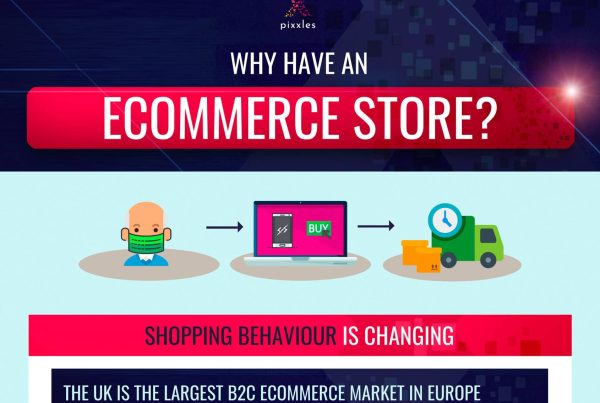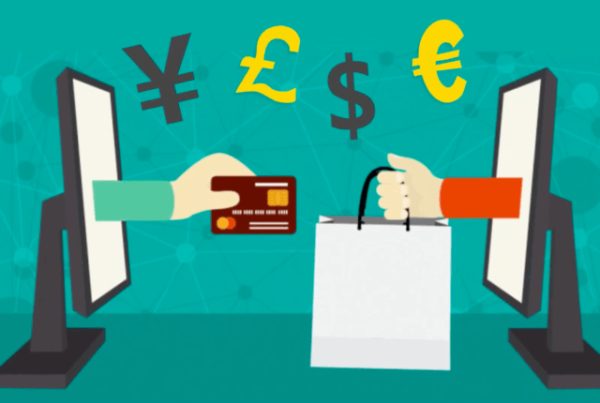The global eCommerce industry is growing, but the UK market is booming. Billions are being invested in preparing for its continued growth. But what is the heady mix of commercial conditions that is prompting such huge investments in UK eCommerce?
The Scale of Investment in UK eCommerce
Savills calculate that around €62bn was invested into leasing and purchasing industrial real estate to support eCommerce across Europe in 2021. This was a huge increase of 79% over the previous five-year average. The UK represented the single biggest slice of the entire 2021 investment, accounting for 31% (€19.5bn) of the investment.
There are a number of factors from consumer behaviour and technology through to IP protection that are converging to drive this level of investment in UK ecommerce.
Consumer Behaviour is Conducive to Online Shopping
First and foremost, UK consumers love eCommerce. Research suggests that ecommerce revenue in the UK is expected to grow to over £87 billion by 2025.
Not only do they buy while at home, UK consumers also have the technology to buy on the move. Government figures indicate that UK sales made via smartphone represent over 60% of all ecommerce sales. There are currently 62.3 million mobile internet users in the UK, and this is projected to grow to 65 million by 2026.
By 2028, UK eCommerce is expected to account for 53% of all retail sales in the country. Take a look at our infographic to learn more about the past, present and future of UK eCommerce.
Browsers Convert to Sales
The UK also has a one of the highest conversion rates. This is the online equivalent of comparing how many people came into your high street shop versus how many people made a purchase. Research shows the US eCommerce sector has a conversion rate of 1.4% while the United Kingdom delivers one of the highest rates of conversion in the world at 1.8%.
So what are the other factors that are making UK eCommerce stand out?
The Drop-Shipping Opportunity
The drop shipping model hands off the logistical aspects of shipping products to your customers. Orders placed on your online store are routed to your supplier who ships the products directly to your customer. This is an attractive arrangement that eliminates the need for your eCommerce business to invest in stock and pay for its storage.
Drop shipping can be especially helpful for businesses looking to operate across borders or lower their inventory costs, making it a great option for start-ups.
To drop ship products within the UK, no VAT number is required so it’s a great place to launch an online business.
Intellectual Property Protection
Intellectual property (IP) can be an invaluable asset to any business. IP falls into four categories – patents, trademarks, copyright and designs. These elements are often critical to differentiating your product, service or brand in your market.
The Intellectual Property Office (IPO) is the official UK government body responsible for intellectual property rights. The UK legal system offers a high level of IP protection with the ability to enforce your rights being comparable to those available in the United States.
Overcoming UK Regulatory Challenges
Regulations can play a big part in how you do business with other countries.
While there has been some regulatory uncertainty in the UK recently, clarity is emerging. Agreements between the UK, Europe and other territories are already being put in place. For example, the 2021 Canada-United Kingdom Trade Continuity Agreement (Canada-UK TCA) was struck to preserve cross-border market access.
Essential Elements for Setting Up Your eCommerce Business
The UK is an attractive place to quickly set up and launch an eCommerce business.
Once you have decided to set up your business, there are a number of steps you need to take.
For most online businesses, it’s possible to trade without a business licence. However, you must be properly registered with HMRC. Other rules you will need to consider can be found on the government’s Online and Distance Selling page.
Next Steps
Once you have planned and built your ecommerce web site, you will need to choose an online payment provider. For more information on how Pixxles can help with this, as well as more tips on how to grow your eCommerce business, search #PixxlesPowerUps or visit our News & Views page.








